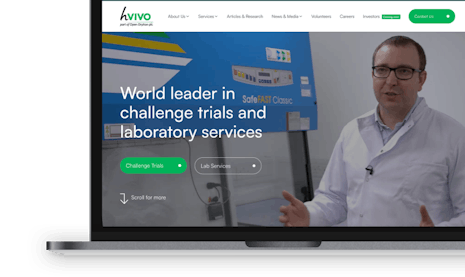
Media effectiveness measurement services we offer
Our analysts offer a holistic media effectiveness measurement service, spanning digital attribution, media testing, and econometric modelling — all of which can be tailored to meet the unique needs, data availability and nuances of your business.
Typically through this service we help our clients build the evidence required to take a longer term view of their advertising; therefore moving them from performance-only towards a more blended performance + brand approach which you may have heard about in “The Long and the Short of It”. Coupled with our media planning service, strategy and creative teams, we take great pleasure in doing so.
Multi-touch
In this privacy-centric world, where ad-tech vendors are under, and enforcing new types of constraints on the data fidelity we have access to, it’s more important than ever to adopt the best technology solutions possible to stay compliant and mitigate against data quality loss. Not only do we monitor client data for inconsistencies; we also advise on issues such as consent management, server-side tagging, CDP/CRM integrations, data warehousing and much more to ensure you’re able to make the most of your first party and attribution data.
Incrementality
Our team of statisticians design robust and practical media investment experiments which can help prove and improve your overall investment in media. We report on your top line, not just what digital attribution platforms claim through their lens of attribution. With media experimentation, we can assist with proving the value of ongoing media investment, helping to reduce ineffective media spend, and assisting with robustly testing new campaigns and media exposures. We can help you understand the true incremental ROI of many of the channels you are and would like to invest in.
Bespoke Media Mix Modelling
Our media mix modelling consultants can support you on a one-off or recurring study basis. We help you to associate cause and effect of your media investments over time, with budget and ROI modelling into the future to allow you to unlock investment opportunities. We harness the power and capability of industry leading modelling packages, but then bespoke them to your unique business environment, with transparent consultancy and stakeholder education along the way. We can help you answer the question – where to most effectively put your next advertising pound, dollar or euro.













